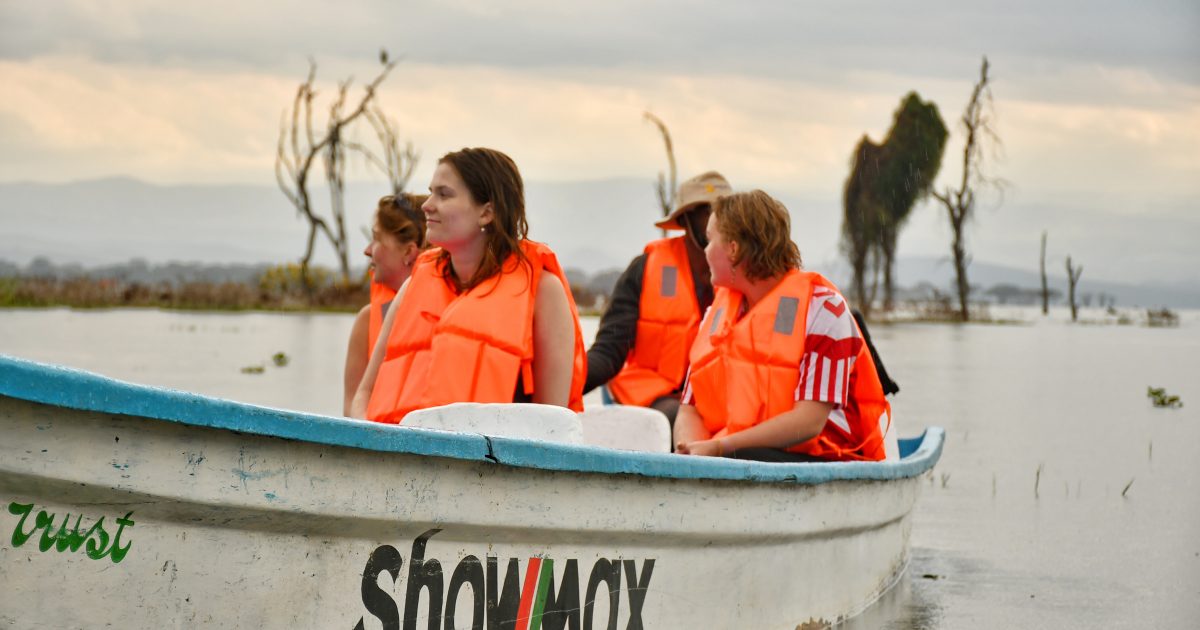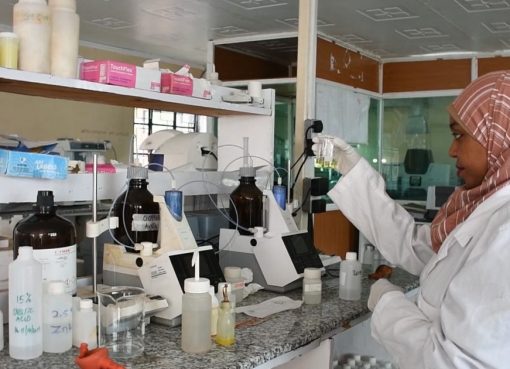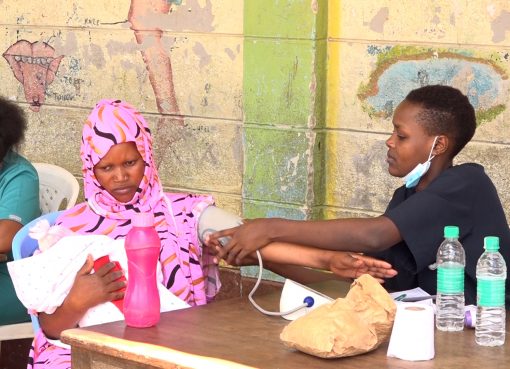Kenya is a renowned tourism destination in the world, what with its ecstatic sandy beaches at the coast and diverse wildlife which attracts millions of tourists to the country each year.
This makes tourism in Kenya the second-largest source of foreign exchange earner, only second to the agriculture sector which earns Kenya about 70 per cent of her Gross Domestic Product (GDP). But in 2020, this sector was brought to its knees due to the advent of the Covid-19 pandemic as Kenya and the whole world literally locked up their borders to prevent the spread of the pandemic.
But things are now looking up in the sector; according to data from the Ministry of Tourism released recently, tourist arrivals hit a new record high of 2.09million in 2023, indicating a boom in the tourism industry in the country in the past few years post covid era, thanks to the efforts the Government has been putting in place to market Kenya as a preferred destination for international travelers seeking to explore what our motherland has to offer.
This is an increase from 2022 where international tourist arrivals were 1,483,752 which represents 70.45 per cent increase as compared to 2021 arrivals of 870,465. The income earnings grew up to Sh268.09 billion in 2022 compared to Sh146.51 billion in 2021 when Kenya was still in the jaws of Covid-19 pandemic, which is a growth of 83 per cent.
As a tourist destination, Naivasha aside from serving as a conference-tourism economy, also receives a steady flow of international tourists thus revitalizing the economy that was on the verge of collapse as a result of the effects of covid-19 pandemic.
Hotels and accommodation facilities in the area are recording an increasing number of bookings from visitors who want to sample the beautiful sceneries ranging from Lake Naivasha and the large mammals that inhabit it (Hippos and buffaloes), Hells Gate National Park, 5-star hotel dining experience and the diverse culture of different communities that reside in the lakeside town.
Job Gatheru, the team marketing manager of Kentwood Cabins, a tourist firm in Naivasha, says they have embarked on a multifaceted strategy to attract more tourists and boost the local tourism sector.
Understanding the importance of digital presence, he says his firm has invested heavily in a robust online marketing campaign. This includes creating engaging online platforms that showcase the unique features of their cottages, highlighting their serene location displaying Naivasha’s natural beauty and ambience.
Gatheru notes that as part of their marketing strategy, they highlight activities such as nature walks, bird watching, boat rides on Lake Naivasha, and visits to nearby attractions like Hell’s Gate National Park for their visitors.
Showcasing these experiences in their marketing strategy is meant to position Kentwood Cabins not just as a place to stay but a gateway to memorable adventures in Naivasha. This targeted approach ensures that they attract tourists seeking authentic and enriching experiences, thereby contributing to the overall growth of the tourism sector in the region.
Engagements with local tourism authorities and travel agencies has become a pivotal point of boosting the sector through participating in tourism fairs and industry events to network with potential partners and promote their unique products. According to Gatheru, collaborative efforts with tour operators and travel agents has helped them reach a broader audience and attract visitors who prefer guided tours or package deals that include accommodations at Kentwood Cabins.

Speaking to some of the tourists at Kentwood Cabins, they were full of praise for the hospitality of the Kenyan people, their food, the beautiful sceneries and fine weather. They said their stay was not at all interrupted by the recent G-z demonstrations in the country.
It’s worth noting that Kenya is still recovering from a drought that ravaged parts of the country for five consecutive seasons with inadequate rain in the past two years, which severely affected people and animals, including livestock. This was followed hot on the heels by a devastating flood that ravaged the country in the recent month also causing massive damage to wildlife and property and loss of lives.
The worst-affected ecosystems by the drought were home to some of Kenya’s most-visited national parks, reserves and conservancies, including the Amboseli, Tsavo and Laikipia – Samburu areas.
The Kenya Wildlife Service (KWS) November 2022 reported that it had lost 205 jumbos which is an endangered species, 512 wildebeests, 381 common zebras, 51 buffalos, 49 Gravy’s zebras and 12 giraffes in nine months of that year alone to the wrecking drought. Therefore, seeing the Tourism sector picking up is a big relief to all industry players.
It’s estimated that more than five million Kenyans were affected by the drought in more than 24 counties and more that 2.4 million livestock and wildlife killed by the drought. Some of these communities were then also affected by floods which came immediately after the drought.
As the country enters into the peak tourist season in the coming months, Kenya is optimistic that she is going to reap big from this sector. For instance, in the famous Maasai Mara National Game Reserve in Narok, tourists flock to view the specular wildebeest migration from Serengeti in Tanzania to Kenya, the grand crossing of the mara river usually begins in July and continues to September as millions of the wildebeest bravely cross the River Mara in their droves, oblivious of the danger lurking in the waters as crocodiles wait to make a meal of any of them. Those who manage to cross river can be seen grazing gracefully along the river on the border of Kenya and Tanzania.
By Mabel Keya- Shikuku




